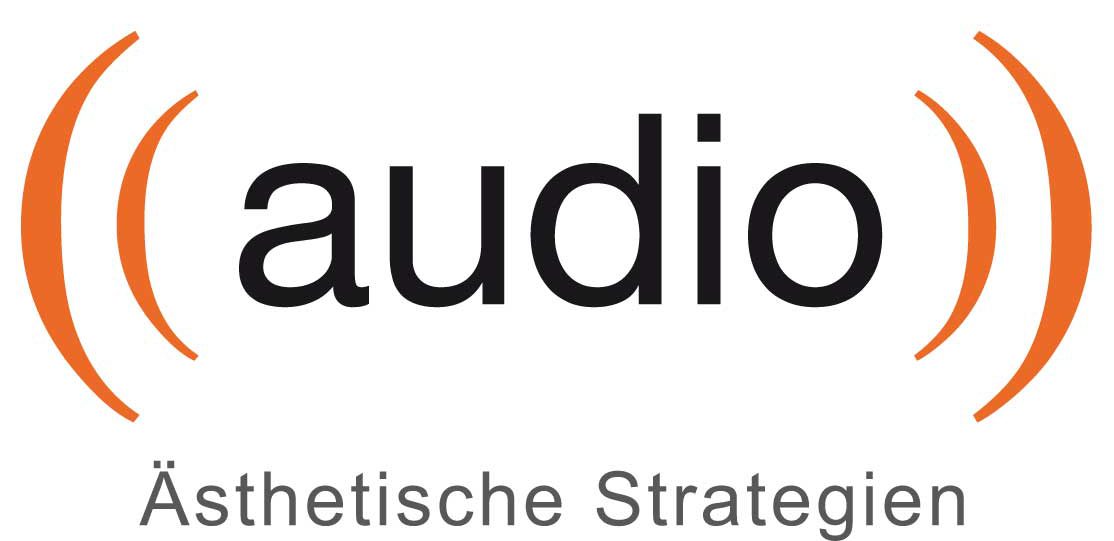Model 500 – No UFOs
Catalogue No. M-001. The first release on Juan Atkins’ own label, Metroplex, is called Model 500: the technification of the personal name as a cyborg strategy, the posthumanist gesture of the self-referential, heteronymous model identifier. The first track of this first release, »No UFOs«, presents a prototypical techno track as early as 1985, three years before the genre would even be christened. Other tracks would have staked their claim to laying the foundations of the genre yet to come – but, according to Ben Williams:
»›No UFOs‹ marked the first time that all the ingredients that went into techno coalesced into something more than the sum of their parts. It was post-human in affect if not quite in construction, deliberately using only machines and processing the voice heavily on those rare occasions when it was used. It was cinematic, evoking, by turns, gothic scenarios of decaying urban and transcendent images of consciousness riding the electronic airwaves. And […] it in-troduced a selfconsciously science-fictional music that predicted an information age that was then just emerging, but is now ubiquitous.« (Williams, Ben (2001): »Black Secret Technology. Detroit Techno and the Information Age«. In: Thuy Linh N. Tu/Alondra Nelson/Alicia Headlam Hines (ed.): Technicolor: Race, Technology, and Everyday Life. New York: New York University Press. 154-176. citation: 154 (emphasis added))
Let’s ride some electronic airwaves through our (now? then? when?) ubiquitous information age then. The kick drum is pounding the quarters unapologetically into time. 124 times per minute. On the two and the four, a pitched-down clap sound reminiscent of classic Prince programming on the Linn drum. The kick could also stem from a Linn drum or an Oberheim DMX. Sounds like a sample and less like the bulbously synthesised bass-frequency canonades of 808s and 909s. And yet an 808 is the secret lead instrument here for now. Its unmistakable hissing hi-hats further fragment the bass drum quarters into slices of sixteenth notes. Again and again, open hats whistle through the sixteenth-note offbeats as if air were escaping between the leaky joints of the sequencer grid. Everything here is under pressure somehow. Above it all – together with the open hats – plays the paradigmatic cowbell sound of the 808. Oscillator noise as leitmotif. Swoooosh! Suddenly a tom sound rushes down a sixteenth delay vortex. Four bars later, the clap is also carried away and trundles around the toms. This delay vortex is an attractor beam, it announces the approaching Erstkontakt. The ship is landing – how could it be otherwise? – on the one as a synth bass figure. HiHats and claps swarm around the mothership. A DX100 sound probe is decoupled and begins to circle above the bass. Somewhere deep inside his spaceship, the Astro-Traveller Model 500 finally speaks up. »Coming very near.« Rattling TR-909 HiHats accompany the extension of the landing stage while the DX probe suddenly transmaterialises into a pad sound and bathes the whole scene in glistening blue light. »They say there is no hope, they say no UFOs. Why is no head held high, maybe you’ll see them fly.«
»The government always tells people what to think about, and seems to cover up the existence of UFOs. [‘No UFOs’ is] about thought control – taking away people’s hope so that they don’t look towards the future.« (Juan Atkins cit. by Sicko, Dan (2010): Techno Rebels: The Renegades of Electronic Funk. Second Edition. Detroit: Wayne State University Press. 49)
Model 500 descends from the sky to bring hope and lift up the bowed heads. Techno-Messianism. But unlike perhaps the first furturhythmic space officer Sun Ra a good twenty years earlier, M500 comes down from Saturn not as a crowned Egyptian deity, but as a strangely amorphous, technoid figure that is only tangible as this fiercely processed voice. M500 doesn’t come from anywhere. M500 is an effects chain without a source. A software identity distributed across the techno-sonic network of TR-808 and MS-20, TR-909 and DX100. Distributed (Techno) Subjectification. M500 is not messiah, but techno-utopian proclamation.
The track has been running for three minutes. At 3:20, the kick drum suddenly stops and makes room for a sixteenth-note figure on TR-909 toms. The hats of the 808 are short-circuited with open hats of the 909. Then the sample clap is also back and duplicated by delay as before. The surfaces of all the machines form the control centre of this spaceship. Step sequencers, instrument faders, envelopes, sound design, send-effect paths, delay times – all these are modules, control terminals at which M500 navigates his ship. A ship that can no longer be steered by the human intervention of a pilot, but requires the interaction of machines – the concertation of machine diversity instead of the human phantasm of control. Autopilot.
M500 circles on and on above the heads, which he asks to turn their gaze to the sky. »Maybe you’ll see them fly, fly, fly…« With another whirl of 909 toms, the (No) UFO accelerates to take-off speed again after a good seven minutes. And as suddenly as it had descended, it disappears off into the stratosphere again. A few kick drums tumble around like swirling dust. Then there is silence.
This Listening Session is a translation from the book ›Futurhythmaschinen‹. Drum-Machines und die Zukünfte auditiver Kulturen by Malte Pelleter. The book (in german language) can be accessed here.
Citation: Pelleter, Malte (2020): ›Futurhythmaschinen‹. Drum-Machines und die Zukünfte auditiver Kulturen. Hildesheim: Olms und Universitätsverlag. 319-321.
